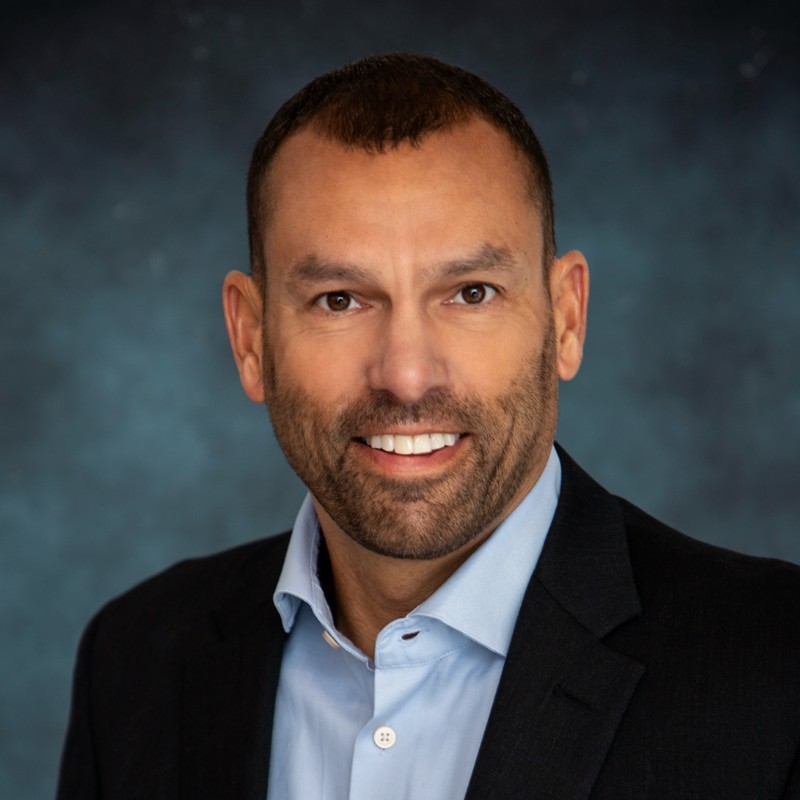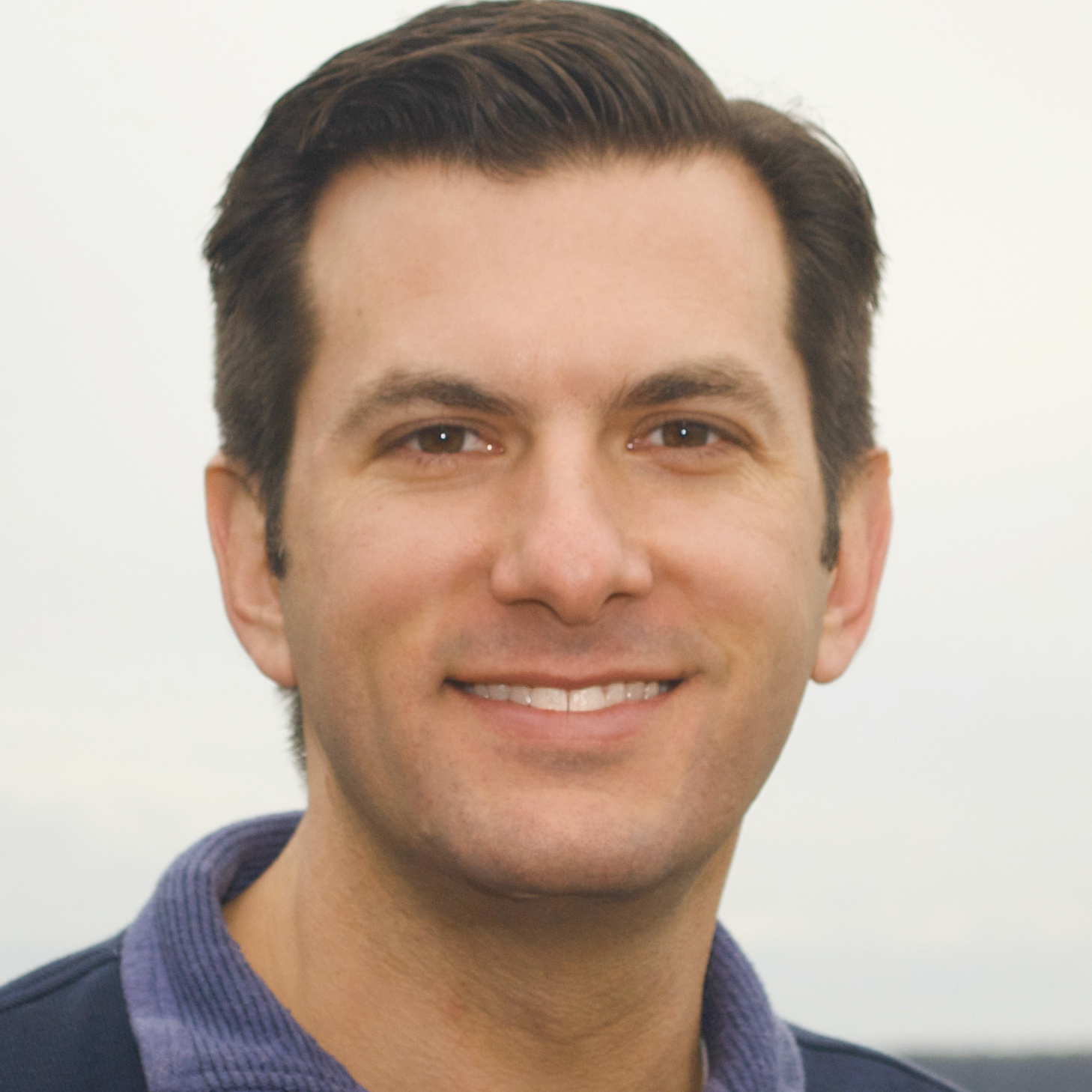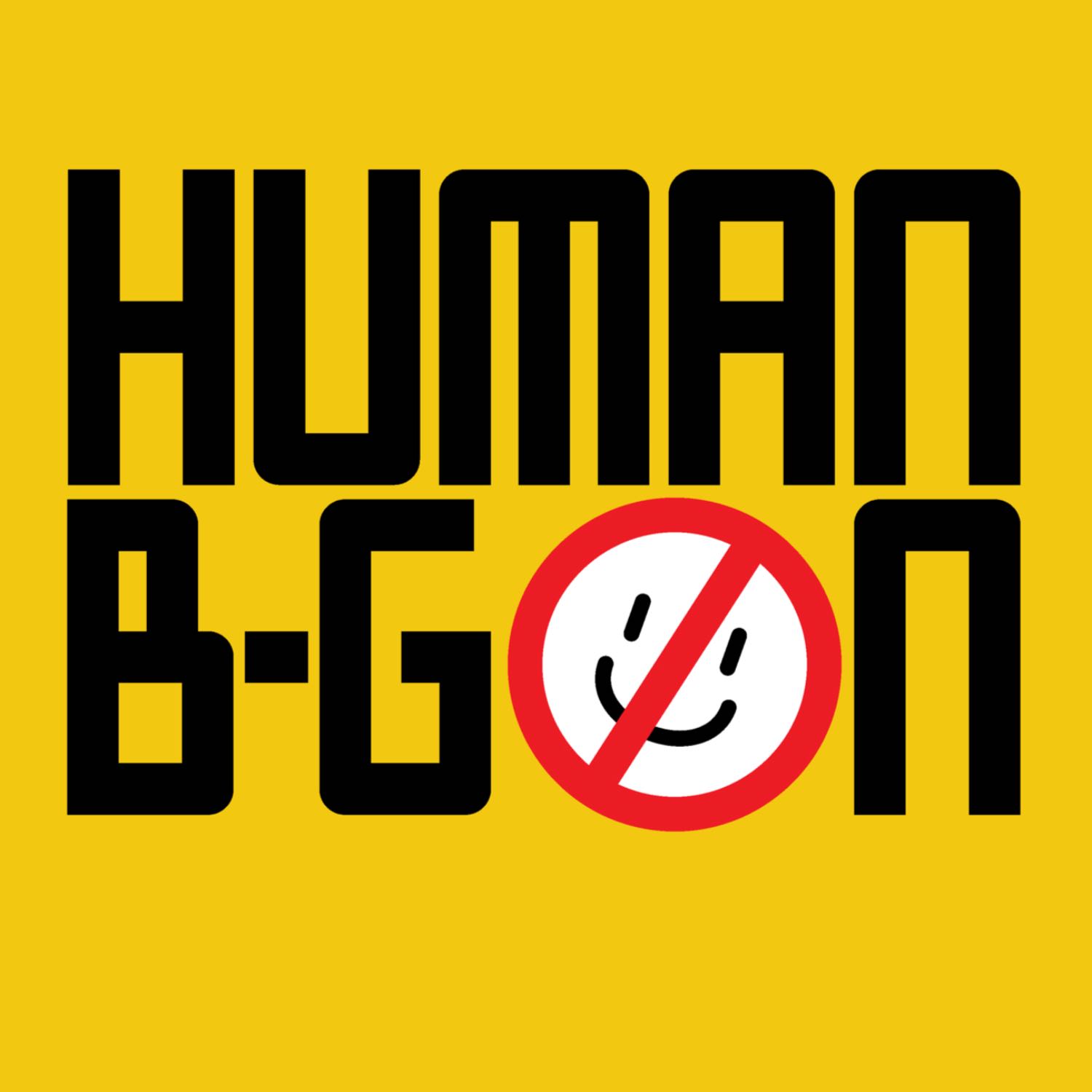[00:00:00] Speaker A: The ROI and equipment is different in Canada than the US market. So a lot of times you try to start with a smaller line and then build on that with modules and components that we develop.
[00:00:19] Speaker B: Hello, everyone, and welcome to the robot industry podcast. You are glad you're here and thank you for subscribing. We're here at the ADM Toronto trade show and I'm here with actually an old friend of mine. His name is David McCharles and he runs a company called Pinebury Manufacturing in Mississauga. And thanks for joining me.
[00:00:37] Speaker A: Appreciate it, Jim. Absolutely. This is my first podcast, so I appreciate the invite.
[00:00:42] Speaker B: Well, it might not be your last, right. David, can you tell our audience just a little bit about you? Maybe how you got involved in building machinery for the packaging industry?
[00:00:52] Speaker A: Ah, it's a pretty good question and a long story, but I'll try to keep it as short. I started marketing like yourself, taking over a maternity leave after I realized golf management was not going to be my future of choice. So I got into the industry and I found that my marketing juices and creativity allowed me to come up with some machinery and inventions that could allow us to be a successful company. And ended up finding a very small manufacturer and ended up working for him, building a website, doing all the marketing things that you need to do to create a business with the plan on purchasing, in which I did in the solid year of 2009, so it was, had my first child in 2009, got my first business in 2009, went through my first recession in 2009. So it was a challenging year, but a great year and the start of a business that we've now grown. This is actually our 40th year in business.
[00:01:54] Speaker C: Wow.
[00:01:54] Speaker B: Congratulations.
[00:01:55] Speaker A: Since 1984 and we've grown the business to a local manufacturer here in Toronto, to supplying custom equipment to the local industry and have since most of our businesses, Canada, the US, but we have gone global. We've done projects in Brazil, Australia, Germany, France, most of Europe.
So yeah, it's been a great run and glad that was introduced to this industry, to be honest with you, the packaging industry is something that I'm a big believer in and I try to preach to as many school kids that are going through engineering, whether it be mechanical or electrical, to try to introduce them and tell them both the packaging industry anytime I can, because it is a very big industry and if you're a creative person, I think you can have fun building equipment.
[00:02:50] Speaker B: So I remember being at your place very early on, just after you purchased it. And I can remember making some initial introductions to companies like ATS and such, which have turned out to be a very successful introduction. Can you give our audience a little bit of a packaging such a wide.
[00:03:04] Speaker C: Wide industry and you make a fairly specific machine.
[00:03:07] Speaker B: Can you tell us a little bit about it?
[00:03:09] Speaker A: Yeah, so we do feeding equipment, whether it's feeding leaflets into pharmaceutical cartons, feeders into printers, to Dayton lock code. We do a lot of bag feeding. We have trade nesting for the food industry to DNS trays. And now we're getting into robotics to kind of be a side part to build on, to separating the product to be able to insert into different other packaging equipment, if you will, to kind of. We're becoming an integrator rather than just here's a feeder or here's a trade in. Esther. Some of our competitors are like that, but we're more integrating our products into, into other products, whether it's vision, robotics or other packaging equipment.
[00:03:52] Speaker B: So that's kind of a trend, right? Everybody wants to have more of a turnkey solution.
[00:03:57] Speaker C: I just don't want a feeder because then I got to integrate it into this assembly line. I want the feeder and the material.
[00:04:02] Speaker B: Handling and the vision. Is that kind of a proper way to say it?
[00:04:06] Speaker A: Absolutely. Yeah. It's. Everybody wants one point of contact and it's great because we're trusted even by our suppliers to bring us projects to say, hi, we've had a.
A customer come to us. They want to do this and we want to introduce them to be successful and bring that project together and be one point of contact.
[00:04:29] Speaker B: So let's talk about projects because I think that's really interesting and interesting to the audience.
What's happening from our projects getting bigger? Are they getting more complex? Can you talk to a little bit of that?
[00:04:38] Speaker A: Everybody wants to get more complex and get a bigger Roi. Every time I look at it from a different way to, especially in the canadian marketplace, where our population isn't as big as the US, where the distribution is a lot higher. The RoI and equipment is different in Canada than the US market. So a lot of times you try to start with a smaller line and then build on that with modules and components that we develop.
[00:05:03] Speaker B: So I kind of envision some of your machines having like a load of leaflets or small cards. And part of the challenge is that you have to make sure the right leaflet or the right piece goes into the right package. And some of the stuff is really critically important. It could be medical information and such.
[00:05:20] Speaker A: Absolutely. Yeah. We've even surprising enough, we've sold feeders that just feed out, read a barcode and the person takes it by hand and puts it into the semi automated line that they're doing just to verify that that's the proper leaflet that's going into that. Like whether, even if it's an instruction booklet, if you're trying to put a faucet together, you know, and you get the wrong construction booklet, then that actually costs our customer money because their customer service is involved and you get a frustrated customer. So. Yeah, so for a small investment, they realize that it's that important.
[00:05:55] Speaker B: And so, like, for me, I was.
[00:05:56] Speaker C: Actually just putting a faucet together for my sister in law at her cottage. And, you know, I had french instructions and english instructions.
[00:06:04] Speaker B: So canadian way, which gets complicated, right? Because maybe the device is being sold into Quebec market and they only need french or they want both. So it is really complicated, right?
[00:06:14] Speaker A: Absolutely.
[00:06:15] Speaker C: Yeah.
[00:06:15] Speaker A: There's a whole market in the printing industry here in Canada that doesn't exist. Yeah, but. Well, yeah, there's even co packers here in Toronto that have to redo packaging for the french and english instructions or backer boards or whatnot.
[00:06:33] Speaker B: And so you're probably seeing projects becoming more important from like a get to market time. And hey, listen, we need to order this by this time if you want. They want the equipment built for this time, so.
[00:06:44] Speaker A: Absolutely. I'll give you an example. We have a large contract packager in eastern Seaboard, and they were doing a project for Pokemon and they bought, luckily, I had inventory. I put ten feeders together in five days for them so they could count out Pokemon cards to help with their kidding and fulfillment to get it to the customer before Halloween.
[00:07:08] Speaker B: You know, it's kind of funny that you're like, because you kind of think of these consumer product good companies and that they're so well organized and they'll be ready for next Halloween, like months and months ahead. But that isn't the reality.
[00:07:20] Speaker A: No, not always the, you know, and there's always stumbling blocks with every project, whether it's automation or putting Pokemon packages together. So it's. And contract packaging is a big industry, both here and in the US. And it's one of our target markets for sure.
[00:07:39] Speaker B: Now, Ike was by your booth here at the PacX Toronto trade show and I noticed that you had doing some printing on the outside of envelopes. So this would be really, really interesting application because it gets rid of a sticky label and this is the world you live in, right. You don't have to print on a sticky label, then apply the sticky label. You can actually get rid of that.
[00:07:59] Speaker A: Yeah, we're pretty excited about this, this new product. We launched it at PMMI Vegas show a couple of months ago. And it's a four color print system. Can print a label right on a bubble mailer or a paper bag similar that you see now coming in the mail often, and it'll print the label right on. And any personalized information or logos or anything else.
[00:08:26] Speaker B: So you could put a picture of.
[00:08:27] Speaker C: My dog on my, on my envelope.
[00:08:29] Speaker B: If you had that.
[00:08:30] Speaker A: Absolutely.
[00:08:30] Speaker B: It's kind of creative, right?
[00:08:32] Speaker C: Yeah.
[00:08:32] Speaker A: And me and you as marketers, that's one of the challenges. And we also have a system that uses that same technology to free commerce, to insert personalized letters into cartons or boxes as they go through the assembly line automatically. And one of my challenges is how do I promote that to the marketing teams of these big organizations that would love it, where production is like, that's just kind of another headache in their whole line. But cost of acquisition for a customer these days is the big term. And if you can put a personalized letter into a box with coupons and everything else, I think it's an extremely important thing and a great product to get customers attention.
[00:09:21] Speaker B: Well, I think of QR codes as like one example, like I mentioned, pictures, like pictures of my dog, but I just think that it's such an exciting time now. And if you can get rid of one process, like printing a label to a sticky thing, and then you have to pick up that sticky thing and you mean to put it on the envelope.
[00:09:38] Speaker A: That's it.
[00:09:39] Speaker C: Yeah.
[00:09:39] Speaker A: Rather than just run it through. So, like if you're running even the same product through because you sold 50,000 of product x, then, yeah, you just run the envelopes, fulfill them, and note the door they go. So I think there's a whole bunch of benefits to it, whether it's the label, time savings, getting the product out the door, and then again, that personalized aspect to get customers attention, which is really important these days.
[00:10:04] Speaker B: Right. And you know, there's going to be lots of companies out there that don't want to put a letter in, but if they can actually get used something on the outside of the package and maybe even data collect some stuff, like, there's just really, really exciting opportunities there.
[00:10:17] Speaker C: Yeah.
[00:10:17] Speaker A: So again, the same application with this four color print, we're looking at a project right now to print on the outside of paper bags we know now are everywhere.
So we're looking at actually putting coupons and retailer actually selling the outside space of that bag to personalize it. So a week at a time, they can make, they can have somebody else pay for the bags. They're walking out the door. They have that logo on it, whether it's craft, Gillette or whatever that's on the bag, and they sell that space. And we think that's another spot for this product.
[00:10:53] Speaker B: No, I think it's very, very creative, and I think they don't know what they don't know yet. And so I think this is one of those examples. Maybe they're listening right now. And David, what do you think? You're kind of obviously looking through the future. What are some of the other trends that you're thinking you might see or things that you're doing which is going to change the industry? Like, I assume you're using a lot of servo driven technology, you're looking at faster cycle times. I'm making some assumptions here.
[00:11:19] Speaker A: You know what, actually, one of the things, I just got off a conference call about 20 minutes, and one of the technologies that I see is going to be a big thing is they're talking about communication. The guy sitting in the office, or girl sitting in the office wants that information of what my machine is doing on their computer, if they want it, or on their iPad or whatever. So that communication between automation equipment, not just at the level of the machinery, but into their warehouse management system, into all, you know, even their desktop level. Or if an alarm goes off and the machine's down for five minutes, they get an alarm so they can figure out what to do or even maintenance or whatever that has to go there, because, you know, machinery is critical to profitability and uptimes everything. So anything that could be done to help with that I think is trending right now.
[00:12:20] Speaker B: So uptime for you is important because now your customer might want those reports, right? And so, hey, my machine is down. What's my problem?
[00:12:28] Speaker A: Exactly. And, you know, we've been in enough factories to realize, you know, there was always that great big screen, and oftentimes here's through the ERP system, that information is there, but they want to really take it to the next level and have it at real time.
[00:12:44] Speaker C: Absolutely.
[00:12:45] Speaker B: So listen, Dave, thanks for coming onto the podcast with me. I really appreciate it. How do people get in touch with you if they want to find out more about Pine Berry manufacturing?
[00:12:53] Speaker A: Well, our website is pineberryinc.com, and you can contact
[email protected] and our phone number is 905-829-0016 and you're Dave McCharles.
[00:13:07] Speaker B: David McCharles yeah, David, you know, when you're not out building complex machinery for, to support the packaging industry, what do you like to do? Do you have any hobbies?
[00:13:16] Speaker A: I do. I've actually, as I mentioned right off the bat, I was going to be a golf pro at one point and decided that that path wasn't for me. And one of the reasons for that is you don't get to play golf that much. As an entrepreneur, when I can sneak out now on a Friday afternoon, I like to play a little golf and when time permits, because right now I've got a 14 year old and a twelve year old that both play high end baseball and hockey. And I tend to go to a rink in a baseball diamond often.
[00:13:48] Speaker B: And they're not playing golf yet.
[00:13:50] Speaker A: No.
[00:13:50] Speaker B: Wow.
[00:13:50] Speaker A: They are actually, when time permits. So it's try to do everything.
[00:13:55] Speaker B: It's tough, but it's a busy time.
[00:13:57] Speaker A: Absolutely. But I wouldn't give it up for the world. And as everybody says, time flies. So enjoy it now, which I do.
[00:14:05] Speaker B: I always say to my friends who have young kids, take lots of pictures because, oh my gosh, you turn around and they're graduating from university and having babies, and you're like, what happened?
[00:14:16] Speaker A: In a blink of an eye? I think that's it.
[00:14:19] Speaker B: David, thanks for coming on. And I will put some of this contact information in the notes for the podcast, and we will see you out there.
[00:14:25] Speaker A: I appreciate your time. Jim. Thank you.
[00:14:27] Speaker C: I'd like to acknowledge our partner a three the association for advancing automation. They're the leading trade association in the world for robotics, vision and imaging, motion control and motors, and the artificial intelligence technologies. Visit automate.org to learn more.
[00:14:42] Speaker B: And if you'd like to get in.
[00:14:43] Speaker C: Touch with us at the robot industry podcast, you can find me Jim Beretta on LinkedIn. We'll see you next time. Thanks for listening. Today's podcast was produced by customer Attraction Industrial Marketing, and like to thank our team, Chris Gray for music, Jeffrey Bremner for audio production, and my business partner, Janet.


